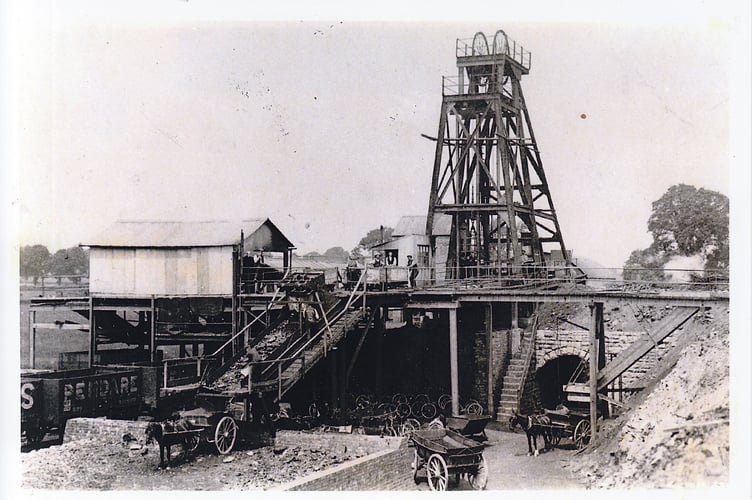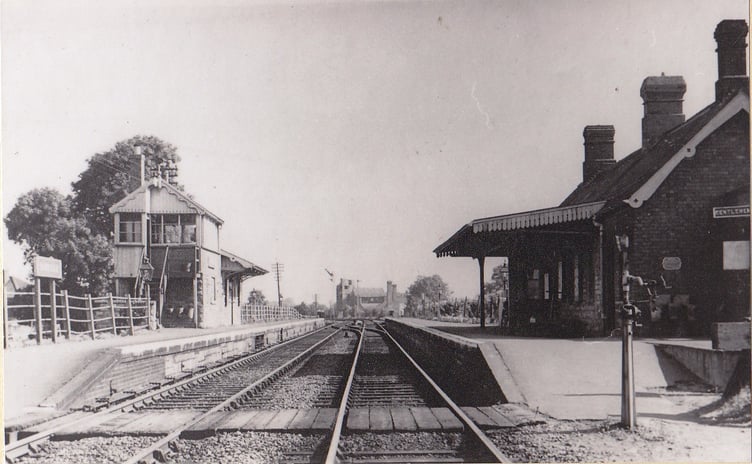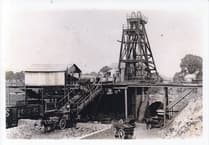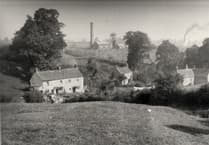CAN you guess where this week’s Mystery Photograph was taken?
Each week, the Journal invites readers to test their local knowledge by identifying a historic location from days gone by.
Last week's Mystery Photograph was taken at Mells Colliery. This week’s photograph proved a difficult challenge, with only a handful of readers managing to identify the location correctly.

Mells Colliery, also known locally as Newbury Pit, was one of the key coal mines in the Somerset Coalfield, which once spanned parts of the Mendip Hills and the Radstock area. Situated near the village of Mells, the colliery operated for several decades and played an important role in the local economy.
Like many pits in the region, Mells Colliery provided employment for hundreds of men and boys over the years, helping to fuel both industry and households in Somerset and beyond. It was connected by a branch of the Somerset & Dorset Railway, which transported coal to larger markets. However, as with much of Britain’s coal industry, changing economic conditions and the decline of coal use led to its eventual closure in the mid-20th century.
The village of Mells itself has a much longer and richer history, dating back at least to the Domesday Book of 1086. Nestled in a wooded valley, Mells grew as a rural settlement with connections to agriculture, ironworking, and later, coal mining. The village is renowned for its picturesque stone cottages and historic buildings, including the beautiful St Andrew’s Church, which contains notable memorials, including one to war poet Siegfried Sassoon. Mells Manor and the nearby estate of the Horner family also have historical significance, with strong ties to the area since the medieval period.
In the 20th century, Mells gained literary and artistic connections, with visitors and residents including Ronald Knox and members of the Bloomsbury Group. Today, it remains a sought-after village for its heritage, beauty, and community spirit.





Comments
This article has no comments yet. Be the first to leave a comment.